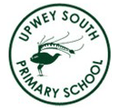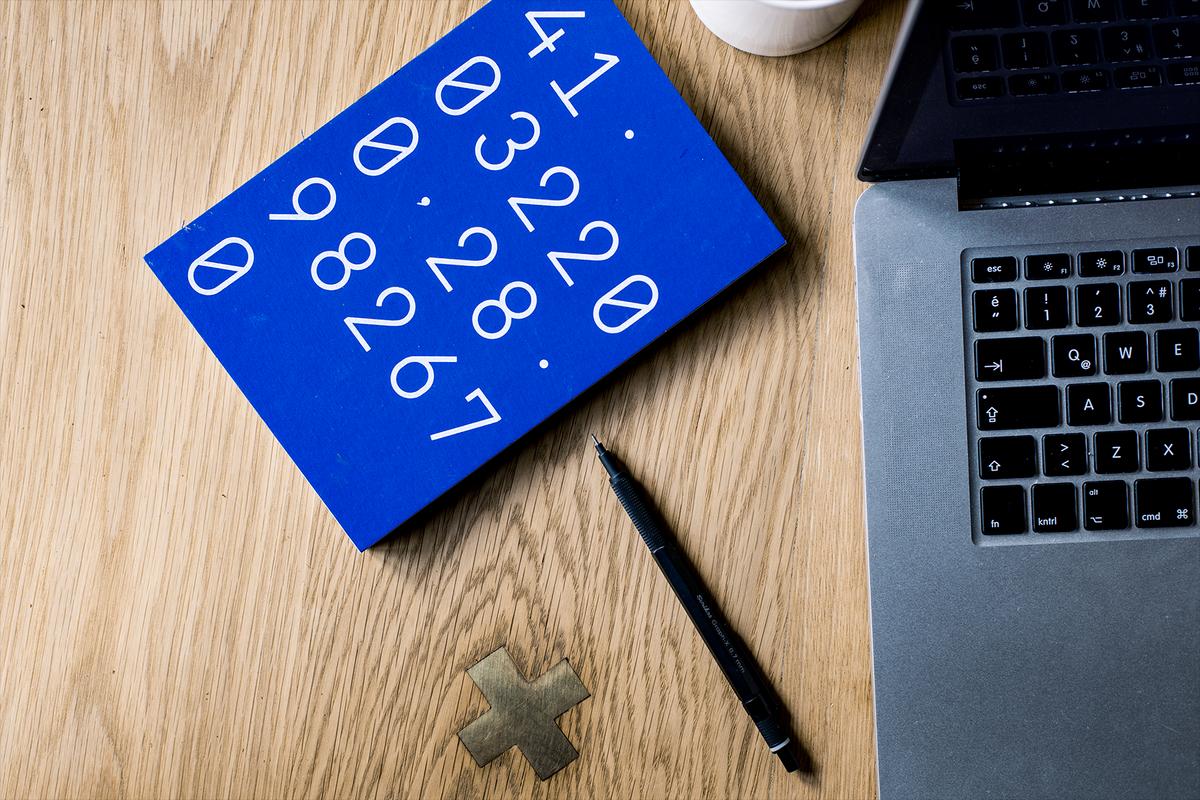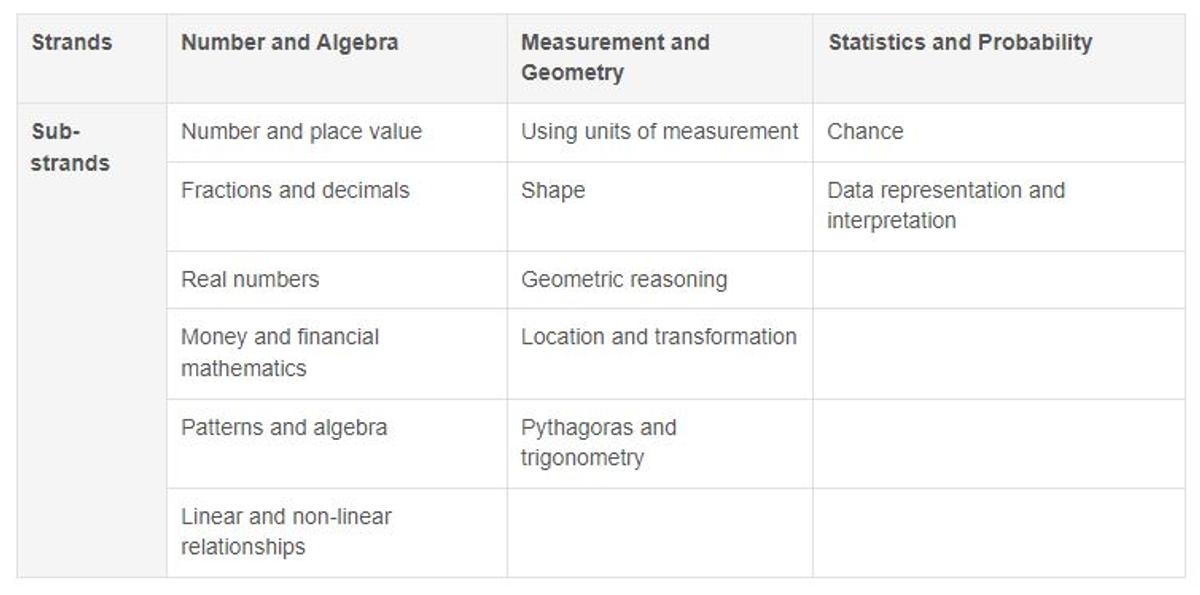Curriculum- Teaching and Learning

School Wide Teaching and Learning
In each edition of our school newsletter, we share with our community an insight into the curriculum being taught within our classrooms. This reflects our school's strong focus upon continuous improvement.
Each edition covers a different area of the curriculum, and is supported by our school-wide approaches to teaching and learning.
In this edition we focus upon providing you an overview of what has been occurring across our Math curriculum.
Learning to be "Numerate"
How will the school teach my child to become numerate (number knowledge, application, etc.)? The following are key components of the way that mathematics is taught across our school:
Five Mathematical Actions: Through lesson planning and delivery, teachers identify the five mathematical actions as identified by Peter Sullivan et al. ACER identify five of the four strands (actions) of mathematical action which are – understanding, fluency, problem solving, and reasoning – have been included the new national Australian mathematics curriculum.
The fifth strand that Sullivan discusses – productive disposition is, interestingly, not explicitly taken up in the ACARA model; basically this means allowing students to learn through supported challenges and problem-solving.
These five mathematical actions are different to the sequential development of the Big Ideas in Number.
Scaffolding Numeracy in the Middle Years (SNMY) identified by Di Siemon et al. The ideas are:
- Trusting the count (Foundation-Yr 1)
- Place Value (Year 2)
- Multiplicative Thinking (Year 4)
- Partitioning (Year 6)
- Proportional Reasoning (Year 8)
- Generalising (Year 10)
Sequentially, the following skills (Big ideas) need to be scaffolded in order (F-2):
- One-one correspondence: touch one object, say one number
- Trusting the count: know which group is bigger/smaller (object permanency)
- Count-on: five fingers plus two fingers equals ‘group of five and two more’
- Additive thinking: 5 and 2 can be written as 5 + 2 = 7, friends of 10 (Rainbow facts), friends of 100, 1000, etc (place value connections)
- Multiplicative thinking: 5 + 5 = 10, equals 2 x 5, double-five, etc
Times tables are taught in a logical sequence:
- 10 (one chunk pattern)
- 5 (two chink pattern)
- 2 (odd, even- five chunk pattern)
- 4 (linked to double of 2’s, clapping-lapping)
- 11 (including double-digits x 11)
- 9 (finger trick or one less than the multiplier)
- 6, 7, 8 (reduction of times table grid to the ‘challenging few”)
- Note: we have traditionally taught to x12 due to imperial measurement (12 inches equals one foot) but students should be able to partition
- Everything we do in F-2 is “base-10”; that’s how our number system is constructed.
Strong mathematicians are confident with numbers under 1 As a parent/carer it can be an easy trap to fall into to think that the bigger the number, the more 'mathematical' the solver must be. However, the opposite is in fact more relevant, in that numbers less than one are the most challenging for students to work with (eg: decimal, fraction, percentage, ratio, equivalents, etc) as opposed to large numbers (eg: thousands and beyond).
The Victorian Math Curriculum
Students explore the math curriculum through the sub-strands and proficiencies.
https://victoriancurriculum.vcaa.vic.edu.au/mathematics/introduction/structure
The proficiencies of Understanding, Fluency, Problem Solving and Reasoning are fundamental to learning mathematics and working mathematically and are applied across all three strands Number and Algebra, Measurement and Geometry, and Statistics and Probability.
Understanding refers to students building a robust knowledge of adaptable and transferable mathematical concepts and structures. Students make connections between related concepts and progressively apply the familiar to develop new ideas. They develop an understanding of the relationship between the ‘why’ and the ‘how’ of mathematics. Students build understanding when they:
- connect related ideas
- represent concepts in different ways
- identify commonalities and differences between aspects of content
- describe their thinking mathematically
- interpret mathematical information.
Fluency describes students developing skills in choosing appropriate procedures, carrying out procedures flexibly, accurately, efficiently and appropriately, and recalling factual knowledge and concepts readily. Students are fluent when they:
- make reasonable estimates
- calculate answers efficiently
- recognise robust ways of answering questions
- choose appropriate methods and approximations
- recall definitions and regularly use facts,
- can manipulate expressions and equations to find solutions.
Problem-solving is the ability of students to make choices, interpret, formulate, model and investigate problem situations, select and use technological functions and communicate solutions effectively. Students pose and solve problems when they:
- use mathematics to represent unfamiliar or meaningful situations
- design investigations and plan their approaches
- apply their existing strategies to seek solutions
- verify that their answers are reasonable.
Reasoning refers to students developing an increasingly sophisticated capacity for logical, statistical and probabilistic thinking and actions, such as conjecturing, hypothesising, analysing, proving, evaluating, explaining, inferring, justifying, refuting, abstracting and generalising. Students are reasoning mathematically when they:
- explain their thinking
- deduce and justify strategies used and conclusions reached
- adapt the known to the unknown
- transfer learning from one context to another
- prove that something is true or false
- make inferences about data or the likelihood of events
- compare and contrast related ideas and explain their choices.


